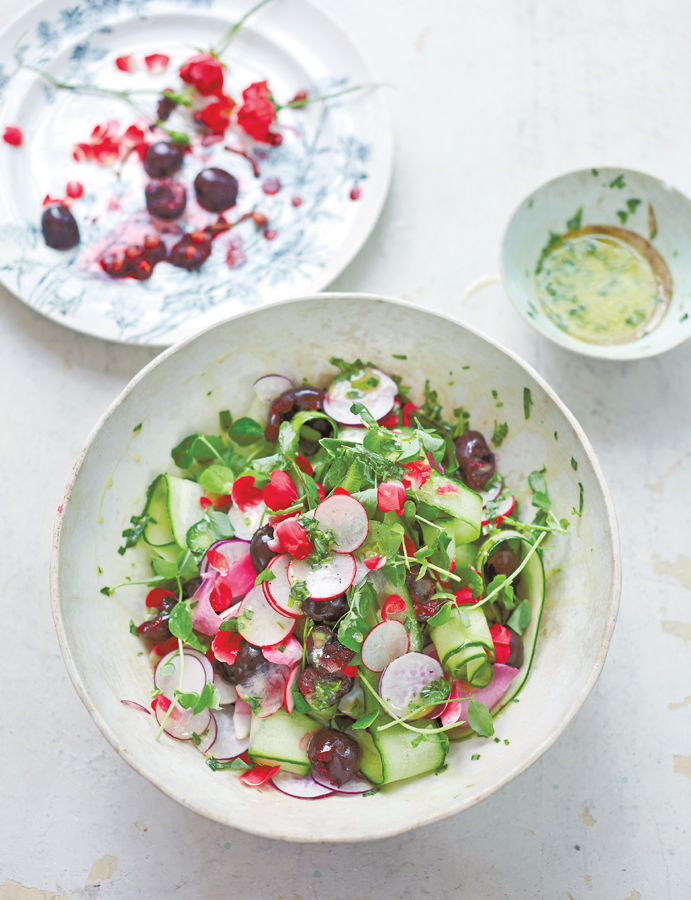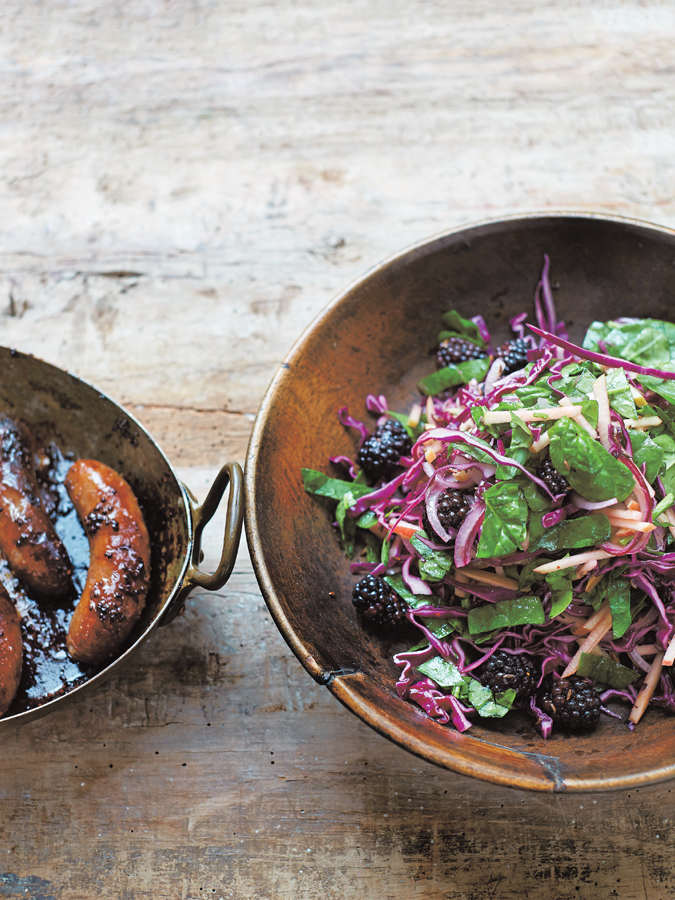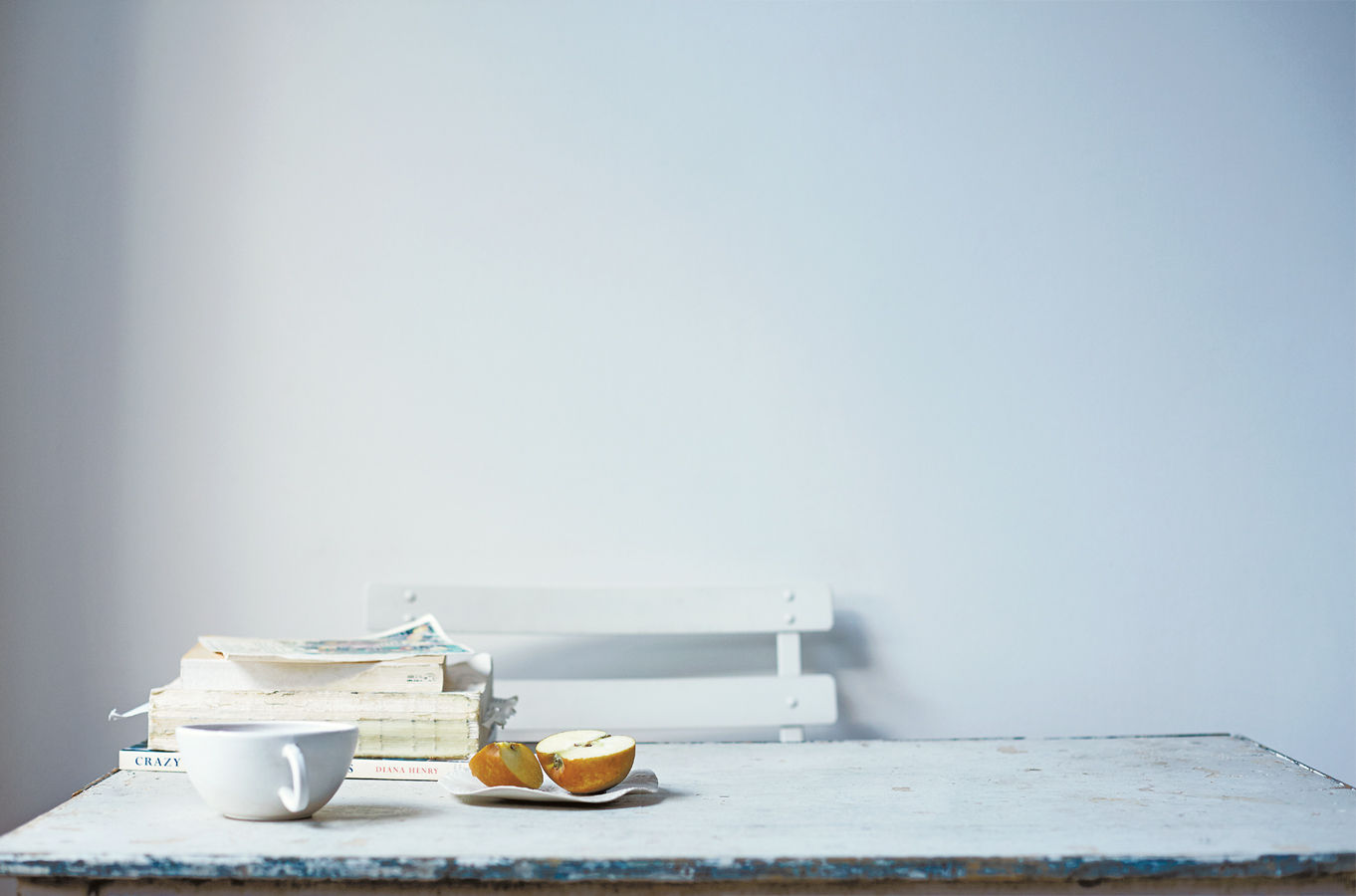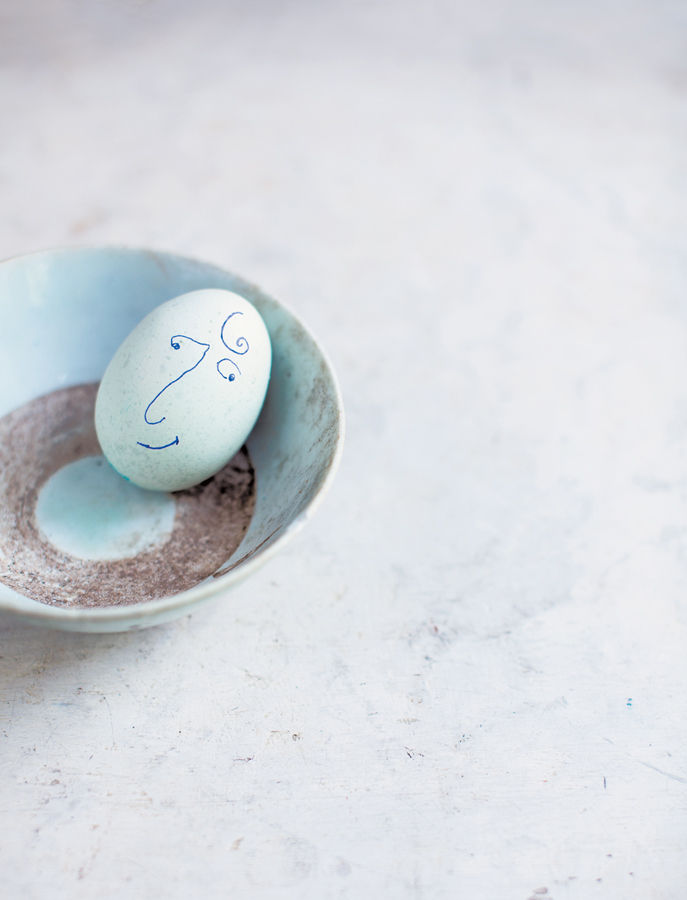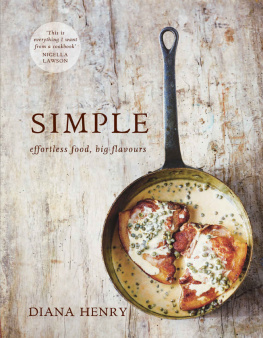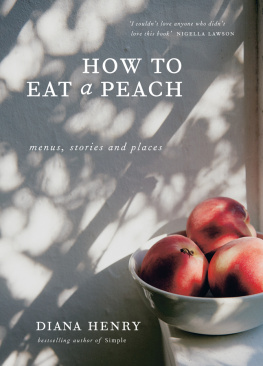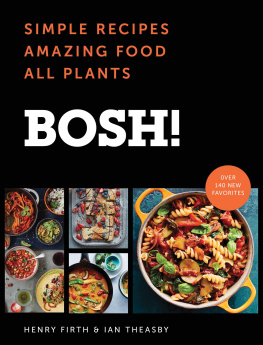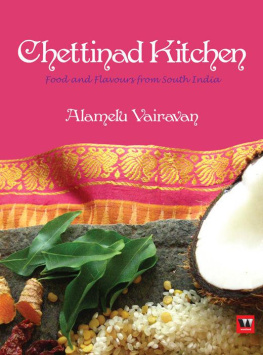DIANA HENRY
SIMPLE
effortless food, big flavours
MITCHELL BEAZLEY
contents
how to use this ebook
Select one of the chapters from the and you will be taken to a list of all the recipes covered in that chapter.
Alternatively, jump to the to browse recipes by ingredient.
Look out for linked text (which is in blue) throughout the ebook that you can select to help you navigate between related recipes.
introduction
In 2004 I wrote a book called Cook Simple, full of the kind of dishes I began to make when my first child was born. He cried constantly, so I was always carrying him and had no hands free. The more elaborate cooking Id enjoyed before his arrival went out the window. In fact I ate takeaway pizzas for quite a few weeks after his birth, often through tears as I wondered how I would ever manage to cook again. Gradually, I started to make dishes that were just stuck in the oven. I didnt mind if they took a long time to cook, only about whether they took a long time to prepare. I couldnt do stir-fries too much chopping and rarely made risottos. It has meant a lot to me that people cite Cook Simple as a cookbook that really helped them. Its not because it is a book of quick food, but a book of low-effort food. Non-cooks and unsure cooks use it as much as people who feel totally at home in the kitchen.
Now the baby that forced me to change my cooking style is 17. I still certainly during the week like to cook food which doesnt take much hands-on time, and still bung a lot of dishes in the oven. But my life has changed; I can now manage risottos midweek, also fish or meat cooked on a griddle and served with a relish, or cooked in a frying pan in which a simple sauce is made. There are a few things dals and other pulse dishes which can simmer away on the hob while I do something else. So I felt it was time for a follow up to Cook Simple, time to offer a new collection of simple dishes that use a wider range of techniques.
I still think in blocks when I wonder what to make for supper every day: fillets of fish salmon or cod or whole small fish, chops, sausages, pasta, chicken thighs, or potatoes for baking. Im sure most people approach the evening meal like this. We buy what we can pick up easily on the way home, often from a small supermarket, or a local butcher or fishmonger. But this range of blocks has expanded. Our eating has changed in the last decade. Now I consider grains often whole grains pulses and a lot more vegetables, too. They dont have to be sides to meat or fish, and this shift is reflected in the book.
UNUSUAL INGREDIENTS
The range of uncommon foodstuffs we eat miso, pomegranate molasses, specific varieties of chillies has also grown in the last decade. I dont use these just for the hell of it, but because I think they make eating more interesting, or are part of a cuisine I like. Most unusual items are now available online (and supermarkets have a vast array), but Ive given alternatives where possible. Theres a list of stockists at the back of the book, too. The matter of unfamiliar ingredients divides people: I get as many letters telling me they love discovering something new as I do from people complaining that they cant get pomegranate molasses at the corner shop.
HOW MANY PEOPLE DO THE RECIPES SERVE?
This was one of the hardest things to decide when writing the recipes. People have different appetites and I think we all, generally, eat less than we used to. My partner will always eat two chicken thighs, for example, but my kids only ever have one. So think who you are serving and what their appetites are like. When it comes to grain, salad and vegetable recipes, the question is even more difficult, as now we eat vegetable dishes as a main course. Ive given as much guidance as I could. As a general rule, when it comes to vegetable dishes that serve six as a side dish, the recipe will serve four as a main meal.
COOKING EQUIPMENT
I never read those pages where writers lay out what you should have in your kitchen. For years even after I started writing about food I had the worst-equipped kitchen: not enough saucepans; one frying pan; a limited range of knives But, apart from basics, there are a few things that will make cooking from this book easier. I often use a shallow broad cast-iron casserole with a lid that is 30cm (12in) in diameter. Its the most useful dish in my kitchen, and many of the recipes were tested in it so the cooking times are right for this size and dimension of dish. Its brilliant for bung-it-in-the-oven dishes as it allows chicken and vegetables to lie in a single layer and roast, rather than sweat as they would if they were piled on top of each other.
Roasting tins of various sizes are useful. If I say a leg of lamb or a chicken has to fit snugly into a tin its because the juices (especially when theres honey in a marinade) will burn if the space around the meat is too great. A gratin dish is important and a pudding or pie dish, too. I also have a food processor and wouldnt be without it. Electric beaters you dont need a food mixer are good for batters and whipping cream and are not expensive. It seems a small thing, but for grating ginger and garlic and they appear a lot in this book I use a Cuisipro fine grater. Theyre not cheap but they save time and hassle and are the best on the market, in my opinion. Finally, a mortar and pestle. I realize that might seem a little old-fashioned, but there are a lot of dishes in this book which require a bit of bashing. I like texture and sometimes food processors chop things too finely, especially if your attention wavers for a moment. So, a shallow casserole, a pie dish, a few roasting tins, a gratin dish, a mortar and pestle, a good grater and if you can a food processor are good to have.
There are two types of dish in Simple. Most are dishes you can cook midweek for your family, or for you and your partner; some are for weekend meals Friday or Saturday night supper or Sunday lunch to serve to friends (these are still simple, but take a bit more effort). Theres no one who cant cook. You dont need many skills to feed yourself, your friends and family well. If you can shove a tray of red peppers into the oven, or cook pasta until al dente, you can make great food. What we mostly lack are ideas. Thats what I tried to give in Cook Simple and, again, here. You dont have to be a chef. Im not. You just need some inspiration to help you turn the ordinary the building blocks of meals into something special.
EGGS
egg & salmon donburi
DONBURI ARE JAPANESE dishes, simple concoctions served on a bowl of rice. Ive stolen this particular donburi from the Japanese restaurant Nobu and adapted it. At the restaurant they serve it on sushi rice, but you can use basmati, or not bother with the rice at all. It sounds quite Puritan, but is really rich and satisfying; very quick to make, too. I sometimes have pickled ginger and a dab of wasabi with it.
